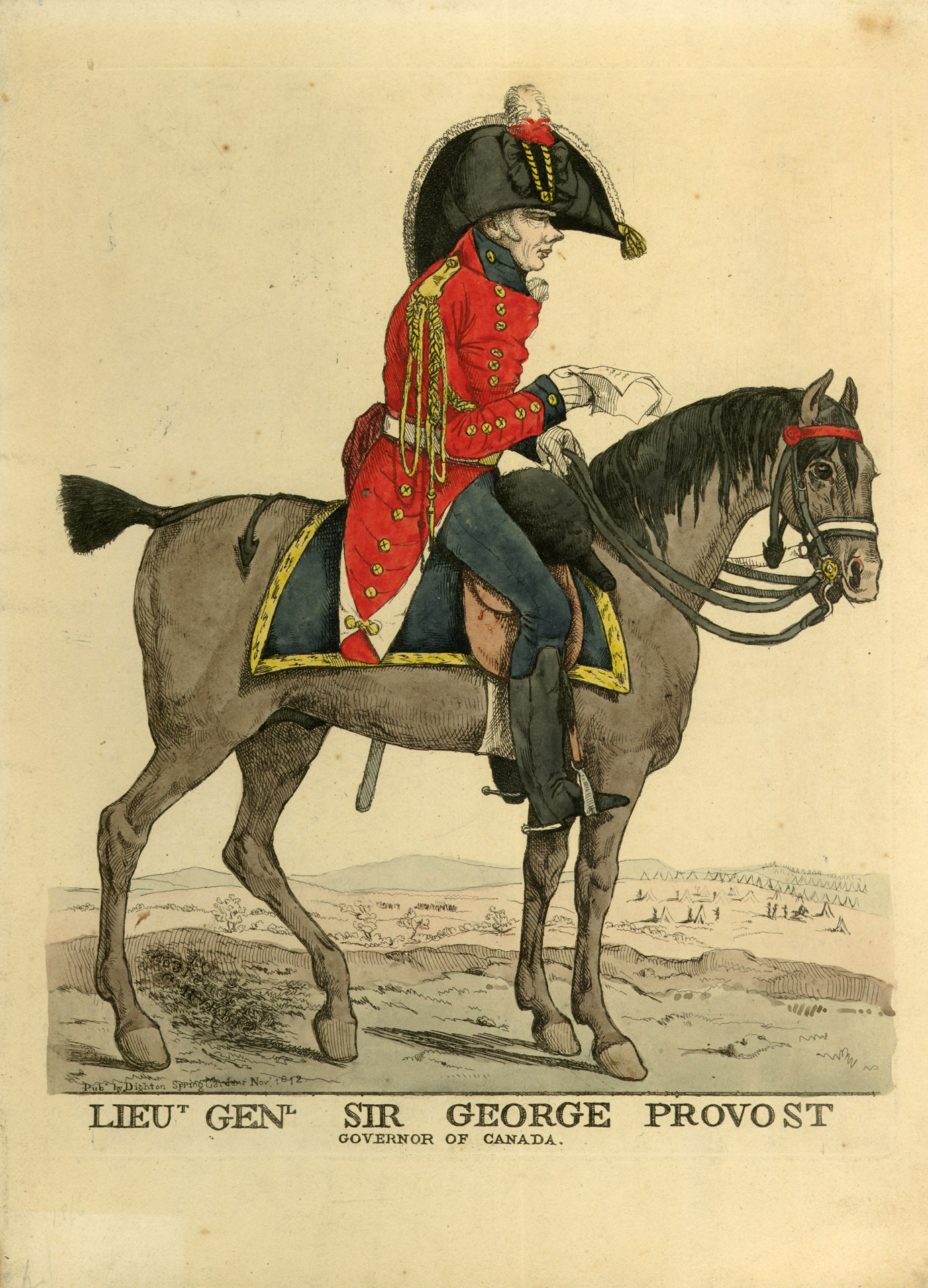War Stories: Toronto and the War of 1812-14 — The Players

John Jacob Astor
From The life and ventures of the original John Jacob Astor
Gebhard, Elizabeth Louisa, 1859-1924
1915
Frontispiece
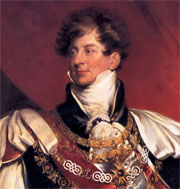
Britain’s Prince Regent was the son of George III (also known as “Mad King George”) and reigned in his stead during his father’s incapacity from 1811 until 1820 when the Prince Regent ascended to the throne as George IV. The Prince Regent acted as the reigning monarch during the War of 1812.

His French counterpart was Emperor Napoleon Bonaparte. In addition to France’s traditional enemy, Great Britain, Napoleon was fighting several countries on different fronts: Austria, the Peninsular War against Britain, Spain and Portugal, as well as his disastrous campaign against Russia.
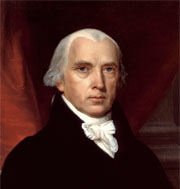
American President James Madison had been Secretary of State in the previous administration of Thomas Jefferson. Bowing to pressure from Southern, pro-war factions and seeing an opportunity to expand American territory into Canada, Madison declared war on Britain in June 1812. After U.S. military successes in 1813, James Monroe, Madison’s Secretary of State and future President, advised the American peace negotiations committee that “it may be worthwhile to bring to view the advantages to both Countries which is promised by a transfer of the upper parts and even the whole of Canada to the U.S.”
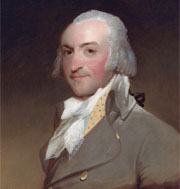
An interesting figure who played key and often contradictory roles in this theatre of war was American fur trader and financier John Jacob Astor. Astor lent the U.S. government tens of millions of dollars to help finance the war. However, when Astor learned from government sources that war had been declared, he alerted a business partner in Canada first in order to protect his shipments of furs in Canada from seizure by the British.
Similarly, in 1814, tipped off by the American peace negotiation delegation at Ghent that a peace treaty had been signed by the Prince Regent, Astor was able to announce it to the American government before the news arrived through official channels. Money talks.
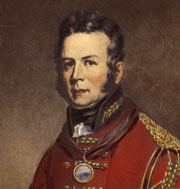
Sir George Prevost was appointed Governor-in-Chief of British North America and commander of British forces in North America in 1811. The British army was scattered in posts throughout Upper and Lower Canada. The rest were militia, some of whom Prevost distrusted as being either unruly or United Empire Loyalists with divided sympathies. He couldn’t rely on the British Army sending reinforcements as they were occupied fighting Napoleon in Europe. As a result, Prevost chose to fight a defensive war, a stance which was severely criticized as being weak. Calls for his dismissal resulted in his recall after the signing of the Treaty of Ghent. Prevost requested a military court martial trial in order to vindicate himself but died before it was convened.






 View larger image.
View larger image.